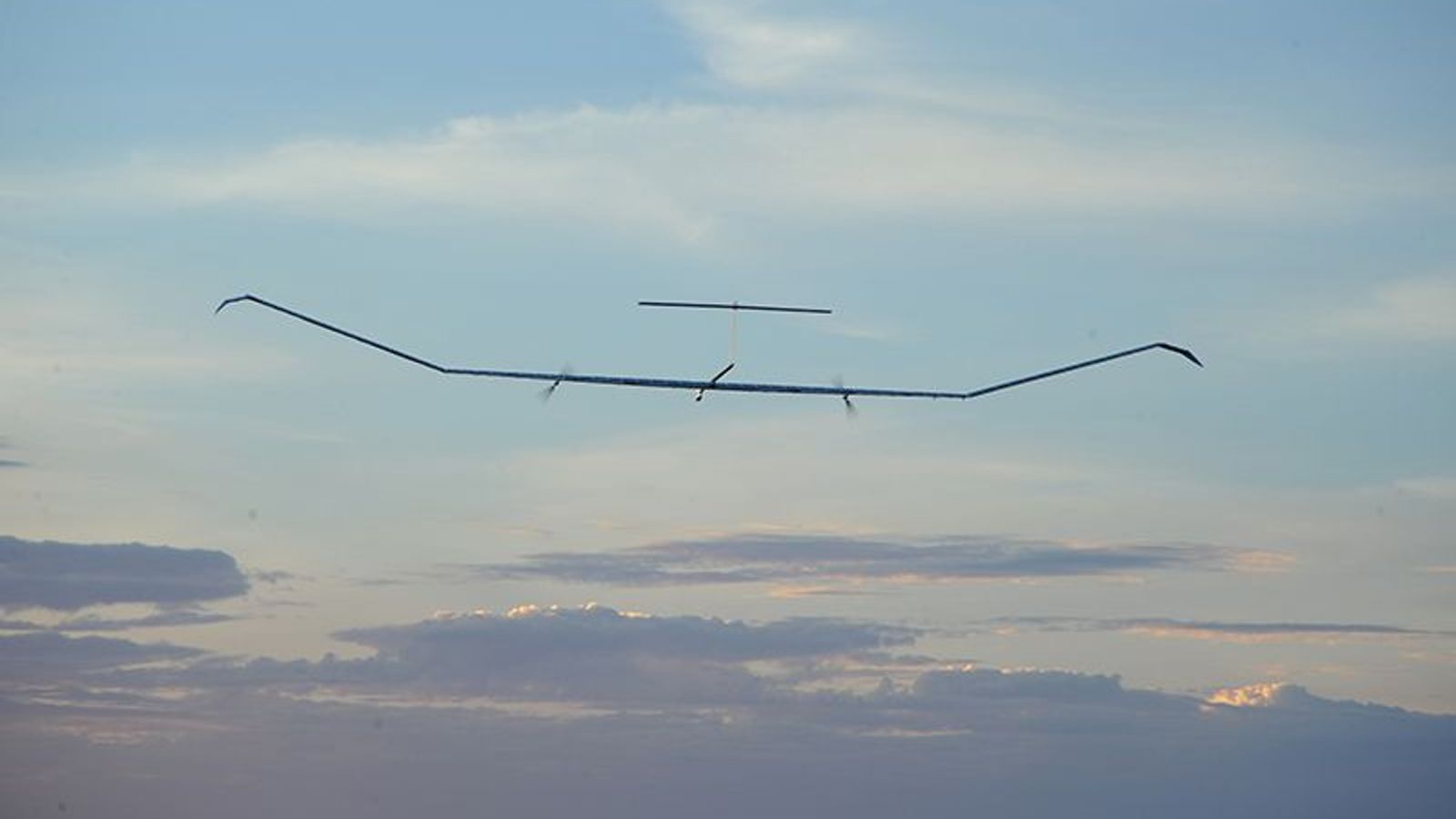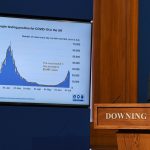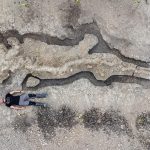Airbus has flown a solar-powered aircraft on two 18-day trips, and says the Zephyr could soon spend six months in the air at a time.
The skinny plane, which resembles an unmanned glider although it has two small propellers, has had two test flights in civilian airspace.
It operates in the stratosphere, higher than planes but lower than satellites, and the company hopes it could help bring internet connectivity to billions of people around the world.
Jana Rosenmann, the head of unmanned aerial systems at Airbus, told the PA news agency: “We have ambitions to be going for periods of months, up to six months.
“Our batteries are really performing extremely well. I think we’re confident right now about (reaching) three months and I would say that going for six months on this air vehicle would not be a problem.
“Have we proved that operationally? No, not yet. But all the steps we have been doing in our lab tests are clearly indicating that we are on a very good path.”
She added: “I think it’s got a huge potential to reach people that traditionally you’re not going to reach with fibre (broadband), there really isn’t a limit to it.
Airbus reports surge in deliveries despite COVID’s impact on demand for travel
Coronavirus: Airbus UK chairman cannot rule out further job losses after 1,700 cut
Coronavirus: France rescues aerospace industry with €15bn aid package
“There isn’t really a limit to reaching the unconnected population today, which is a vast community,” Ms Rosenmann added.
PA reported that Unicef data from 2020 said two-thirds of children around the world – amounting to around 1.3 billion people – aren’t connected to the internet at home, something which prevents them from competing in the modern economy and isolates them.
The Zephyr could potentially also have military uses.
Its second 18-day flight was completed for the Ministry of Defence in the UK, whom Airbus has previously agreed to supply similar aircraft to.
The MoD, which describes the aircraft as High Altitude Pseudo Satellites (HAPS), said in 2016 that they will be “capable of gathering constant, reliable information over vast geographical areas at much greater level of detail than ever before”.






















